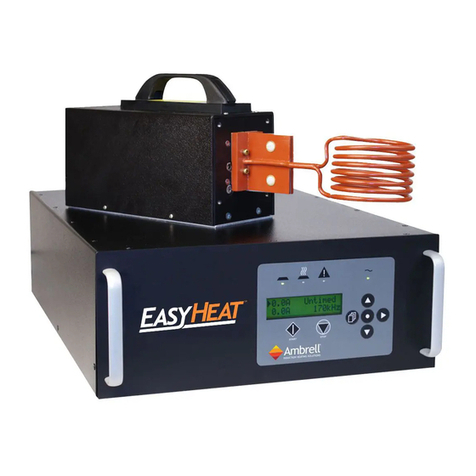
3
801-9309.doc
Table of Contents
1Introduction .....................................................................................................................5
1.1 Safety Considerations ..................................................................................................6
1.2 Front Panel ..................................................................................................................7
1.3 Rear Panel ...................................................................................................................8
1.4 Assembly.....................................................................................................................9
2How Your EASYHEAT Works.....................................................................................13
2.1 Home Zone................................................................................................................14
2.2 Control Zone .............................................................................................................20
2.3 Detailed EASYHEAT Operation ...............................................................................25
2.4 Equipment Maintenance ............................................................................................29
2.5 Calibration.................................................................................................................30
2.6 Smartburst Technology..............................................................................................31
3Customizing Your EASYHEAT....................................................................................33
3.1 Rear Panel Connections .............................................................................................33
3.2 Optional Pendant .......................................................................................................38
3.3 Serial Control (optional) ..............................................Error! Bookmark not defined.
3.4 eVIEW Induction Heating Software...........................................................................48
3.5 Tap Adjustment (IHS only)........................................................................................49
3.6 Cap Replacement (IHS only) .....................................................................................51
3.7 Tap Adjustment; 1-Cap RHS .....................................................................................52
3.8 Tap Adjustment; 2-Cap RHS .....................................................................................53
3.9 Cap Replacement; 1-Cap RHS ...................................................................................55
3.10 Cap Replacement; 2-Cap RHS ...................................................................................56
4Technical Information ...................................................................................................57
4.1 Mechanical ................................................................................................................57
4.2 Electrical ...................................................................................................................57
4.3 Environmental ...........................................................................................................58
5Theory of Coil Design ....................................................................................................59



























